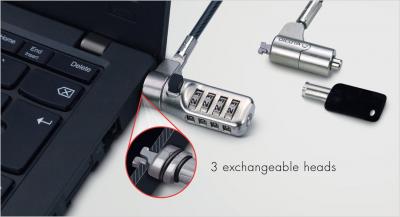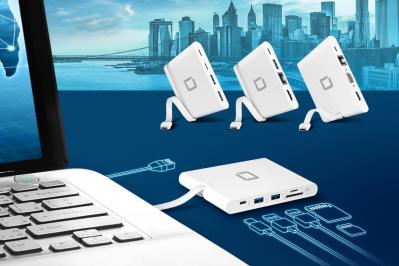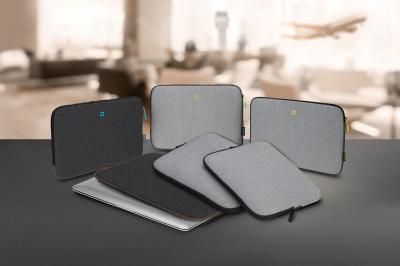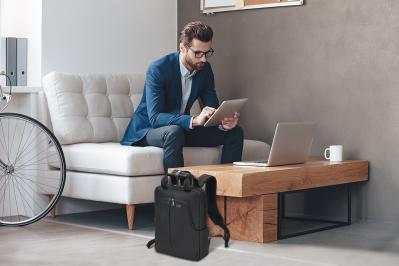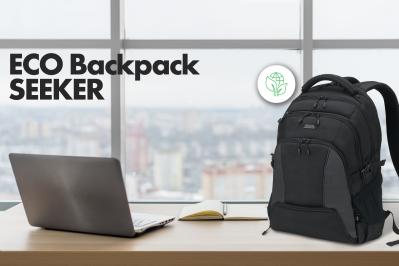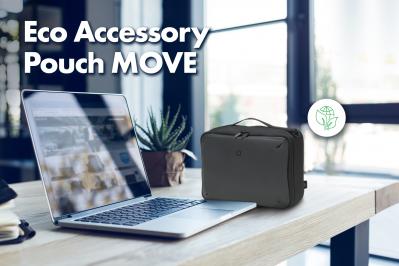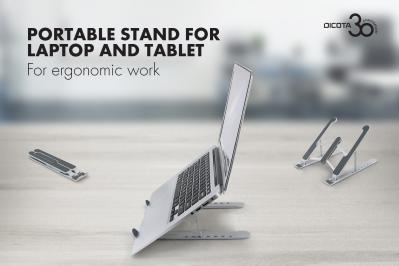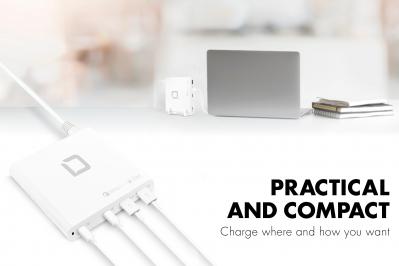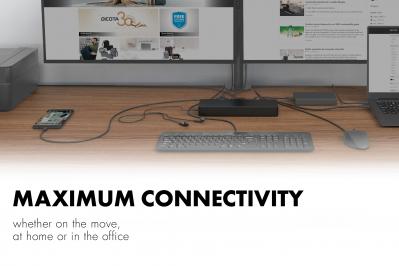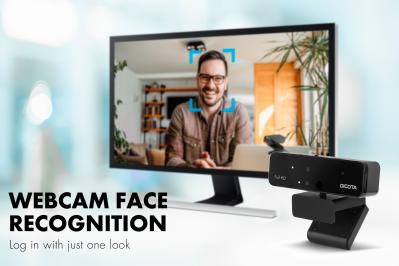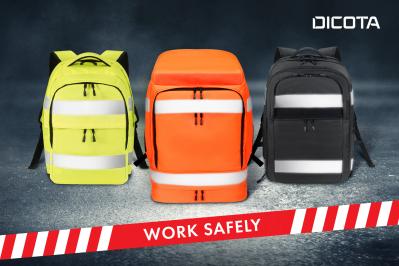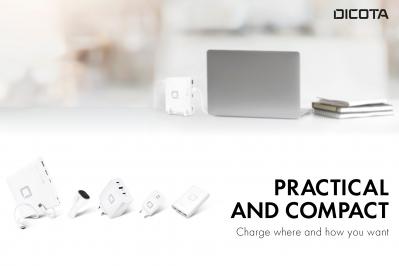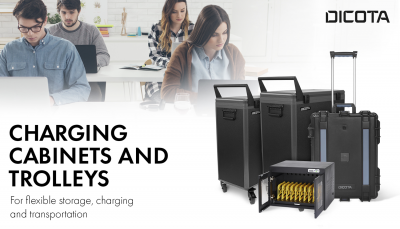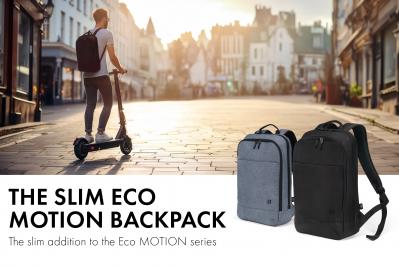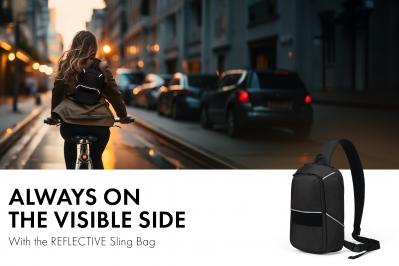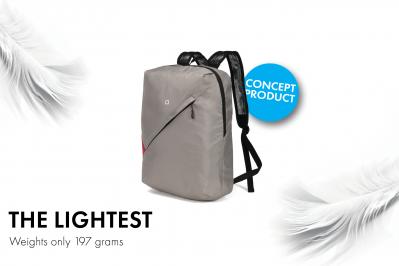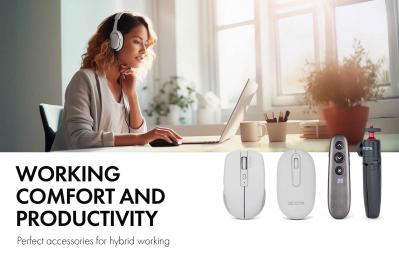We use cookies to make your experience better. To comply with the new e-Privacy directive, we need to ask for your consent to set the cookies. Learn more.
Navigating the world of computer mice: Types, choices and comfort
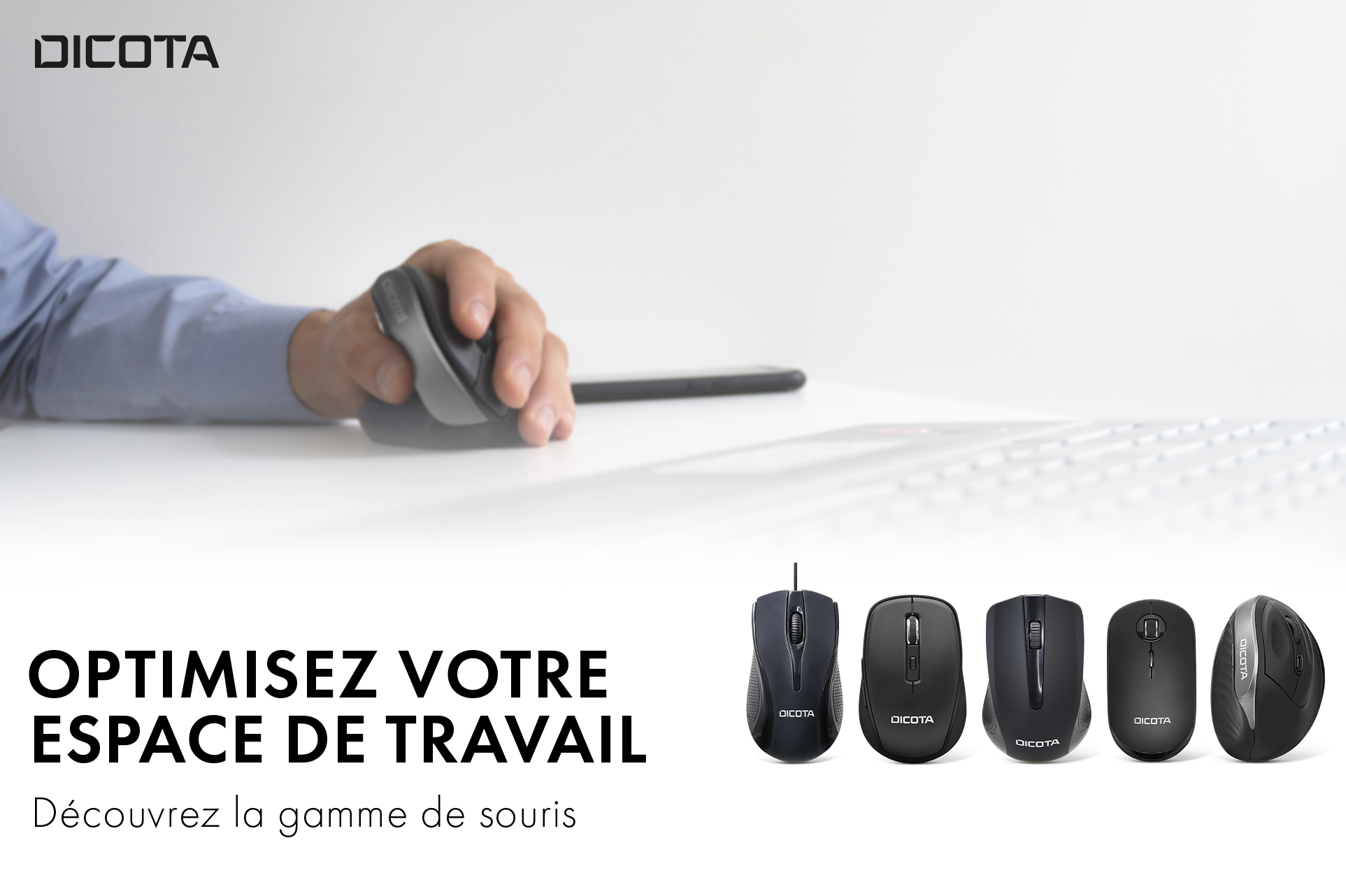
Computer mice have come a long way and now offer a wide range of specifications to suit different user preferences and tasks. Optical mice use LED sensors to track movement on surfaces, while laser mice offer higher precision. Trackball mice have a stationary design that works well in tight spaces, and ergonomic mice are carefully contoured to reduce wrist strain. Gaming mice are optimised for precision and quick responses, often with customisable buttons and adjustable DPI settings. Exploring these options can help you find the perfect mouse to match your specific needs and usage patterns.
Choosing the right mouse for your needs
Selecting the ideal computer mouse requires more than just considering its physical appearance. It's important to consider your hand size, grip style and the tasks you'll be performing. Those with larger hands may find a full-size mouse more comfortable, while those with smaller hands may prefer a compact model. If you're a graphic designer, precision may be more important to you, so you might want an optical or laser mouse with adjustable sensitivity. Gamers might opt for a gaming mouse with customisable buttons and high DPI settings for fast in-game movement.
Wireless vs. bluetooth mouse
The choice between wireless and Bluetooth mice often comes down to convenience and compatibility. Wireless mice, which use a dedicated USB dongle to connect, offer reliable, low-latency performance, making them ideal for gaming and tasks that require quick responses. They're also compatible with a wide range of devices, including laptops and desktops. Bluetooth mice, on the other hand, eliminate the need for an extra dongle by connecting directly to devices with built-in Bluetooth support. This streamlined connection process is great for reducing clutter and port usage on your device, making Bluetooth mice particularly suitable for laptops and tablets with limited USB ports. While Bluetooth mice may have slightly higher latency compared to wireless mice with proprietary dongles, they offer the advantage of broader device compatibility and a more streamlined setup.
Ergonomics and comfort
In a world where computer use has become ubiquitous, ergonomic mouse design is important to prevent discomfort and long-term health problems. An ergonomic mouse is designed to support the natural position of your hand, reducing strain on your wrist, fingers and forearm muscles. These mice often have a slightly tilted design that encourages a handshake position, reducing the stress caused by pronation. In addition, models with textured grips and well-placed buttons can improve overall comfort. By investing in an ergonomic mouse, you can enjoy longer hours of computing without the usual fatigue and discomfort.
Choose your favorite
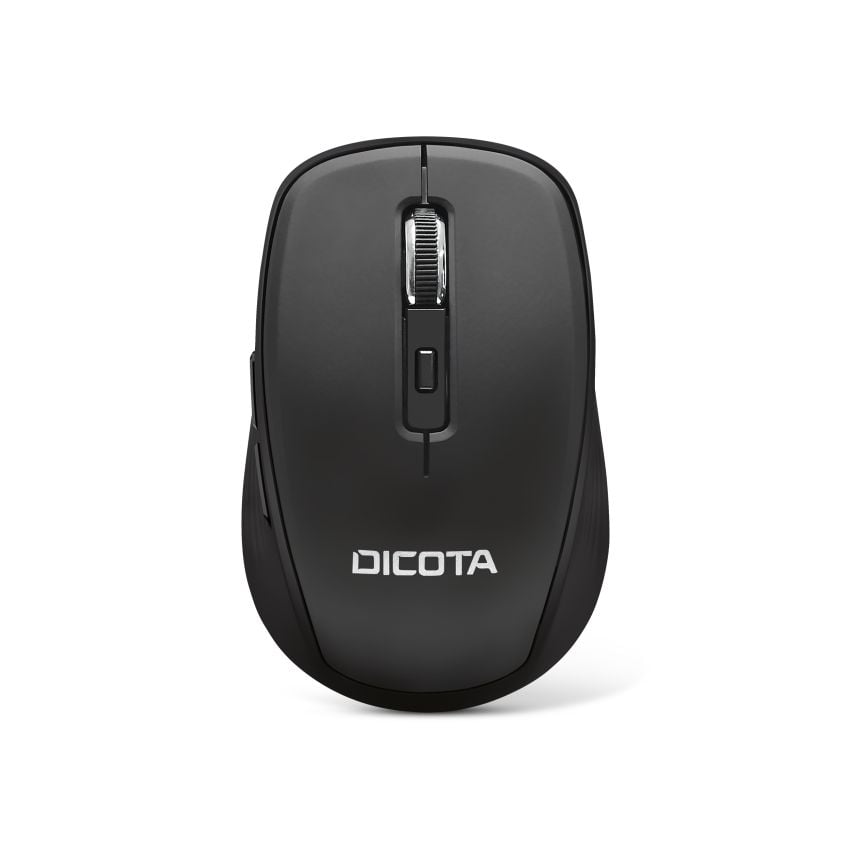 |
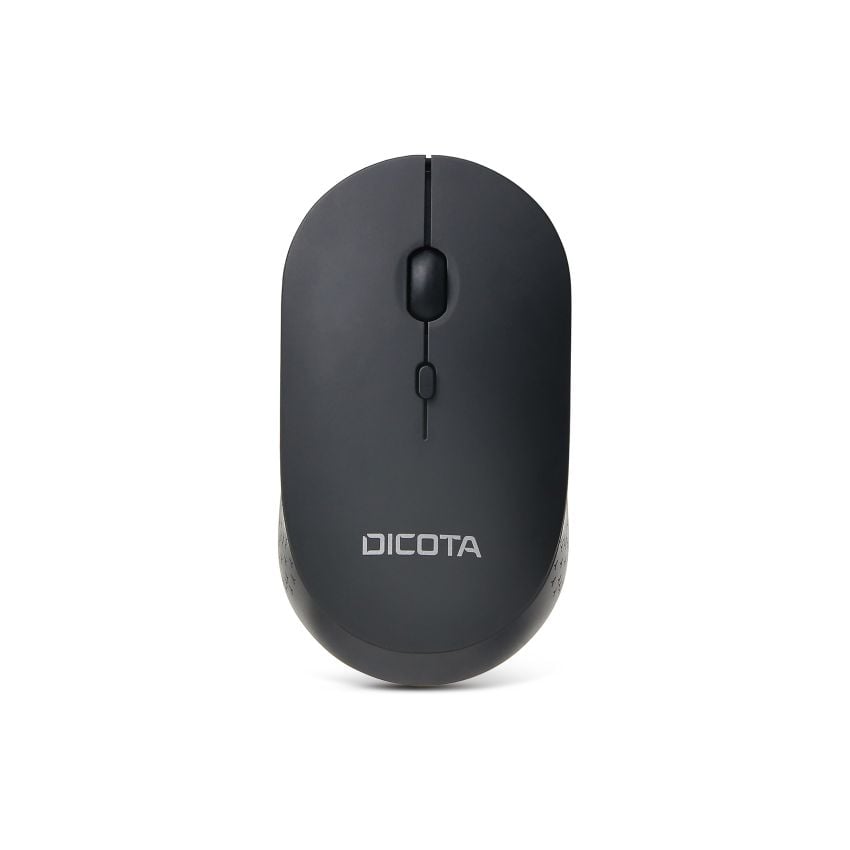 |
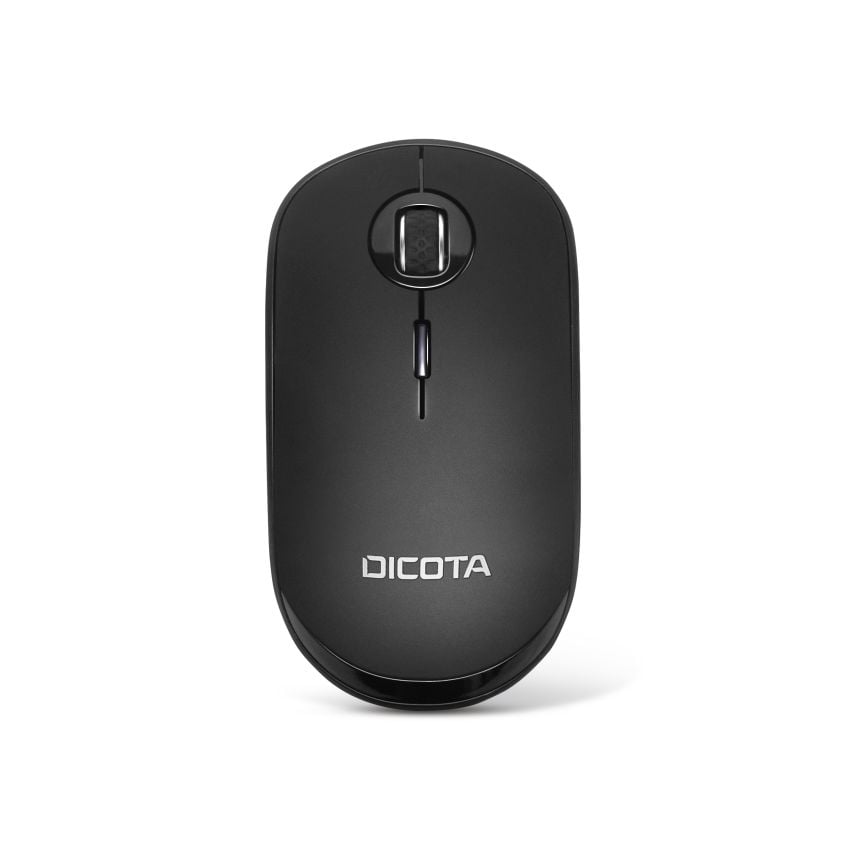 |
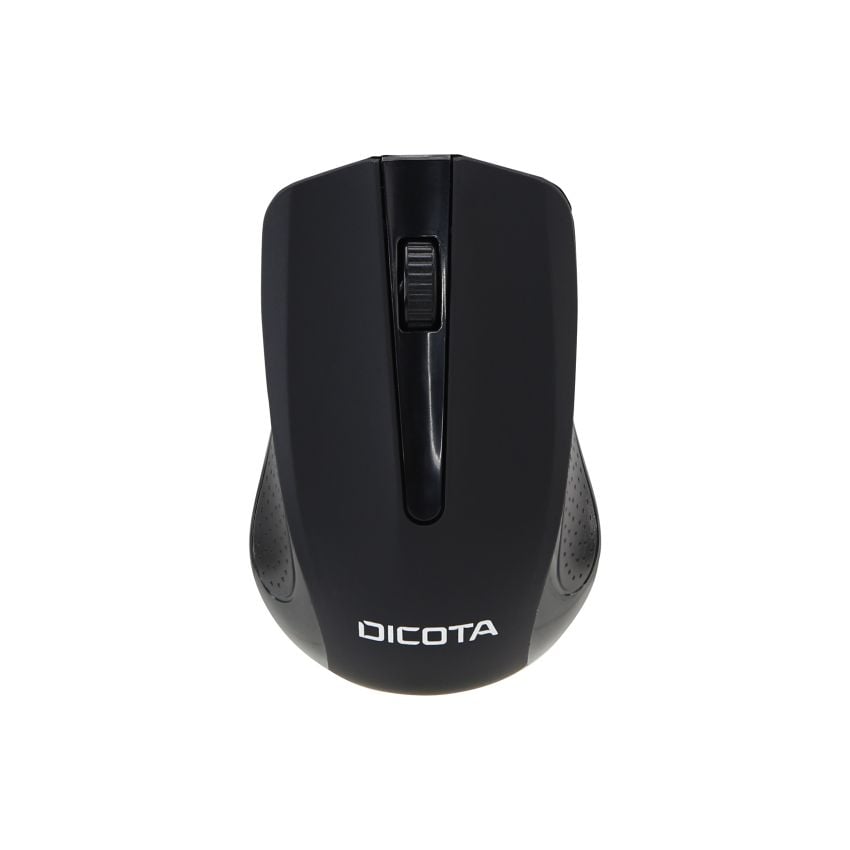 |
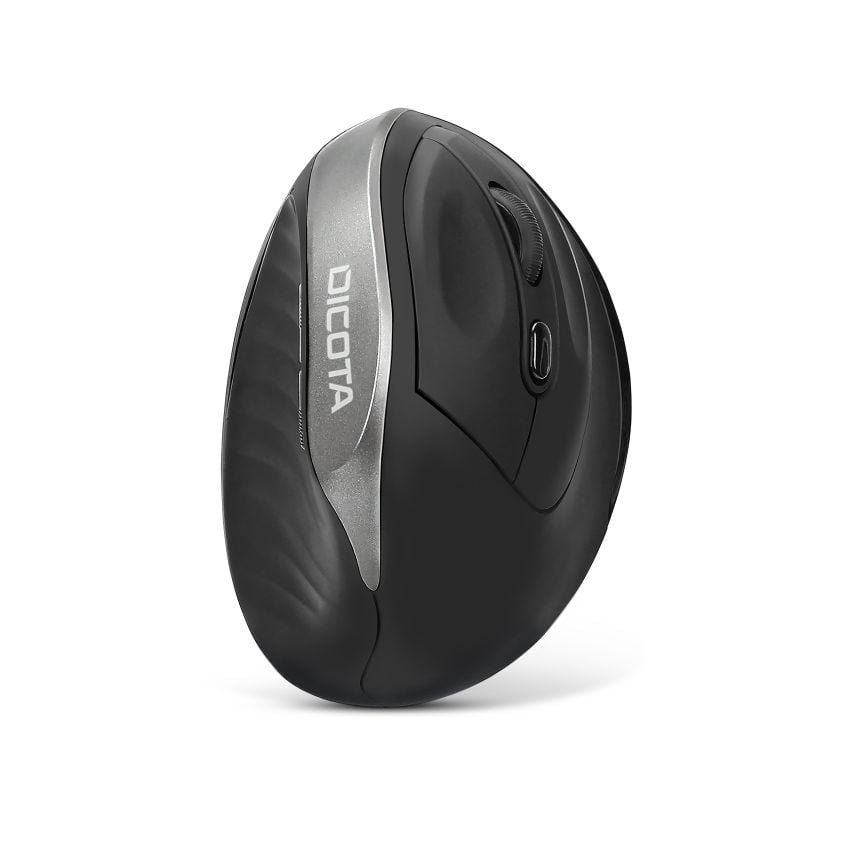 |
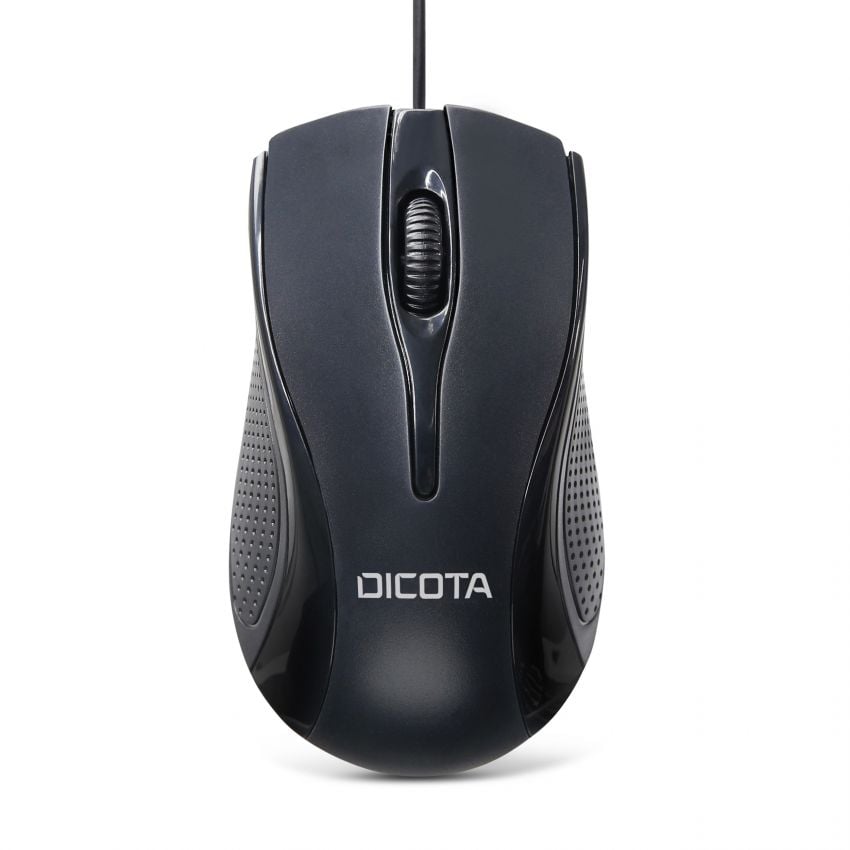 |
|
Connects via Bluetooth with a wide range of devices. |
This slim, elegant mouse with pre-paired Nano Receiver. |
Quiet clicking and scrolling with optical sensor. |
USB Plug & Play - no additional software required. |
Wireless Ergonomic Mouse RELAX Designed to reduce hand and wrist strain while working. |
User-friendly and quick installation thanks to USB cable |
Caring for your mouse
To ensure the longevity and performance of your computer mouse, there are a few simple but important maintenance steps you can take. Regular cleaning is essential to prevent the build-up of dirt and grime that can affect the accuracy of the sensor. To clean, turn off the mouse and gently wipe the surface with a microfibre cloth. Q-tip swabs can be used to clean crevices and buttons. If your mouse has removable feet, clean them regularly and make sure they're properly attached for smooth gliding. Avoid using abrasive materials that could scratch the surface. When transporting your mouse, consider using a protective pouch to prevent damage. By incorporating these maintenance practices into your routine, you'll keep your mouse running smoothly for years to come.




